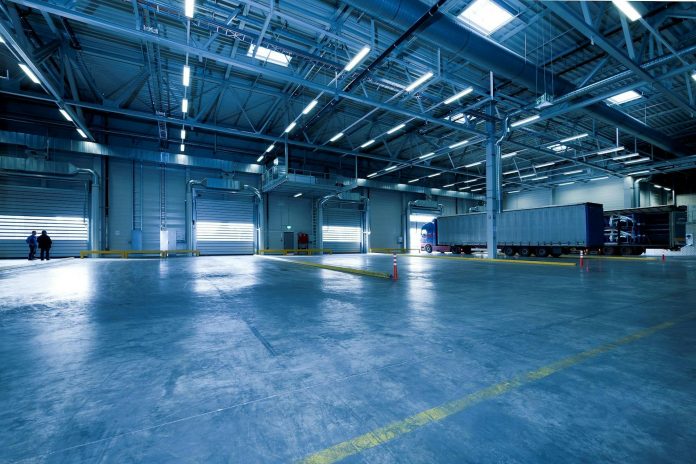
When the time comes to clear out your factory to move to a new location (or perhaps sell an existing premises), it goes without saying that there’s a lot of work to be done.
You’ve got a huge amount of gear to shift, safety regulations to uphold, and general logistics to figure out, all under what is likely a short time constraint.
Today, we’re going to go through the process in five easy steps to help you get through it in as little time – and with as little stress – as possible.
Assess the Job at Hand
First things first – you have to know exactly what you’re dealing with. Before you actually start moving anything, categorise the contents of the factory into large, medium, and small items, and conduct a survey to determine how things will be moved and any potential hazards associated with doing so.
This is a job you’ll need to plan carefully, so don’t miss this step and take your time as you work things out.
Prioritise Safety
Even relatively small factories are full of danger, so it’s essential to plan ahead for health and safety before you start the move. The general assessment from above will get you started, but you’ll need to go deeper than that.
There will likely be specific legal requirements you’ll need to uphold and several pieces of documentation to sign, as well as rules for how you are to dispose of certain materials.
Utilise Specialist Movers for Heavy Equipment
While you may be able to deal with the small stuff and most of the medium-sized items on your own, when it comes to shifting large pieces of equipment, you’ll need to call in help from industrial movers.
Using their expertise and specialist gear, they’ll be able to move your largest items quickly, efficiently, and safely to your new location or wherever else you need them to go. If things need to be dismantled, they can do this for you, and their cranes and lifts can shift even the heaviest machines.
Recycle What You Can
A factory move usually generates a significant amount of waste, and to ensure you’re as environmentally conscious as possible, you’ll need to take care to recycle what you can.
Partner up with a local recycling firm to strike a deal about what happens to your material waste – they may even be able to offer you cash for what you don’t need.
Communicate Clearly
And finally, there’s the importance of clear communication. It’s critical that you and your team are all on the same page, from both a practical and safety perspective. Keep an open dialogue going, and twice a week, hold a team meeting to ensure everything is moving smoothly.
You could also consider sending a weekly email to keep people up-to-date.
Wrapping Up
While the task of selling or relocating a factory is a major undertaking, with proper planning, nothing is impossible. Hopefully, you now feel a little clearer on how to get there. Good luck!
















